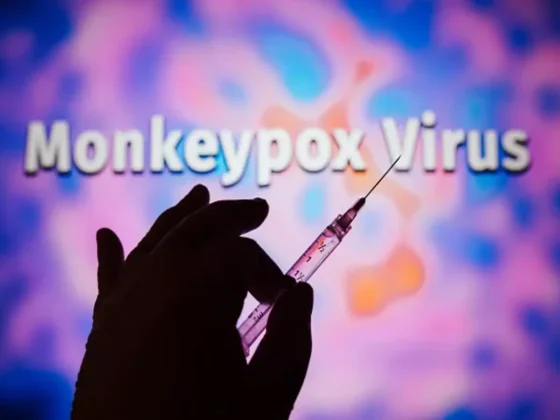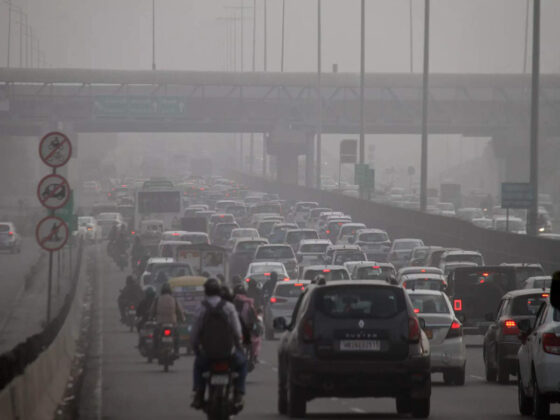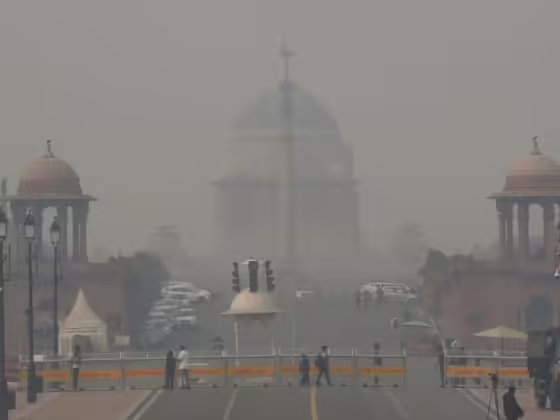The World Health Organization has given a green signal to a second malaria vaccine. Experts from WHO say that it is a more affordable and readily accessible malaria vaccine as compared to the world’s first malaria shot. The director-general of the WHO Tedros Adhanom Ghebreyesus has said that the second malaria vaccine has been given authorization on the recommendations of two expert advisory groups.
The new malaria shot is a three-dose vaccine that has been developed by Oxford University in association with the Serum Institute of India. Clinical trials show that the new vaccine is over 75 per cent potent and provides protection from the disease for a year when combined with a booster shot.
As per the report, the new malaria vaccine will cost nearly $2 to $4 and will be accessible in some countries by next year if funders decide to purchase it. Earlier this year, drug regulatory authorities in Ghana and Burkina as well have authorized the new malaria vaccine. However, experts say that although there are two malaria vaccines available now, using bed nets and spraying insecticides should be continued.
Authorization of the first malaria vaccine was lauded by the WHO in 2021
Authorization of the first malaria vaccine was lauded by the WHO in 2021 and labelled as a historic effort to eliminate the devastating impact of the mosquito-borne disease on Africa, which accounts for 200 million malaria cases and 400000 deaths due to the disease.
The first malaria vaccine, known as Mosquirix developed by GSK is said to be only 30 percent effective in preventing the disease. It requires four doses and its protection wanes off within months. One of the biggest supporters of Mosquirix the Bill & Melinda Gates Foundation stopped backing the vaccine financially last year.
Benefits Of Maintaining Heart Health And Tips To Keep Heart Issues At Bay | ALSO READ
The main difference between the two vaccines is said to be their accessibility. Only a few countries will be getting the limited supply of the first vaccine in the next few years. GSK manufactures about 15 million doses a year while the Serum Institute is supposed to manufacture more than 200 million doses of the new vaccine a year.










